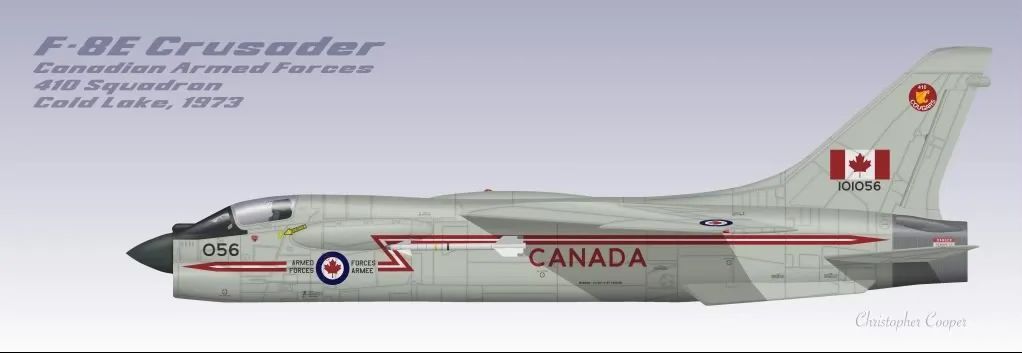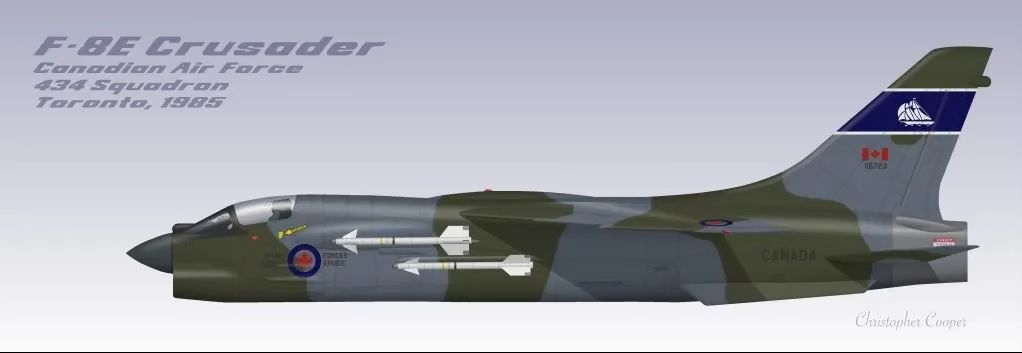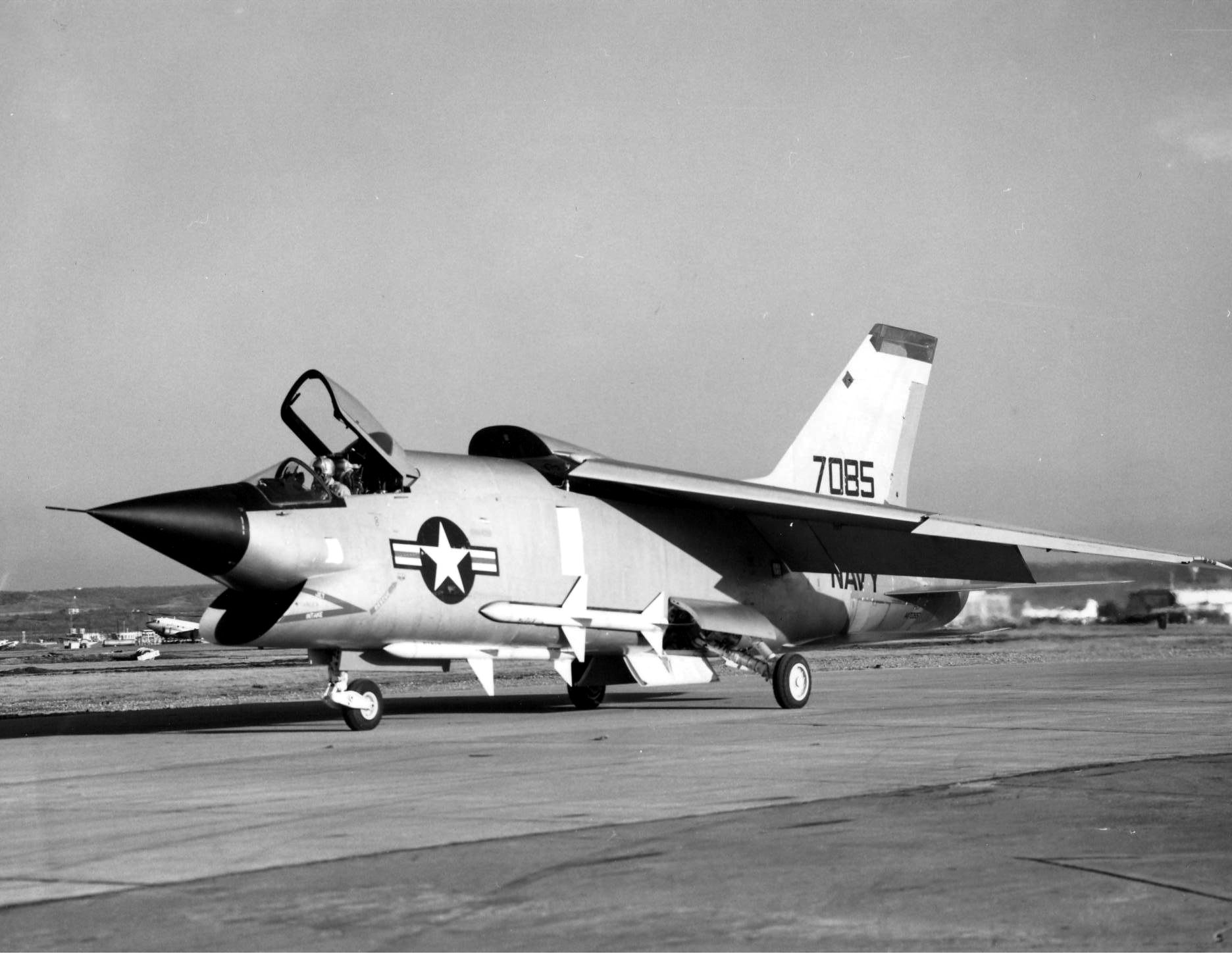Lascaris
ACCESS: Secret
- Joined
- 14 November 2008
- Messages
- 271
- Reaction score
- 312
Usually you get what-ifs about Arrow not getting cancelled. But arguably the aircraft was too complex, too big and too costly for its long terms prospects. So how about the reverse? Come 1952-53 the Canadians decide to go forth with a less ambitious and presumably more affordable design like the proposed C.104/4. When the lets call CF-104 takes to the air in late 1957 it looks closer in size to Mirage III or Draken with a single engine (what was that supposed to be for C.104/4, I presume RB106?). While no CF-105 it is actually in the right cost performance range to be bought by the Canadians in place of F-104 and F-5 and potentially get some exports as well.
Thoughts?
Thoughts?




